Digital Afterlives: When Memory Becomes a Ghost
I. Opening Reflection
In every civilization, memory was once a fragile inheritance — a whispered story, a ritual at dusk, a name carved into stone and song. Memory decayed because it lived; it had to be carried, renewed, risked across generations.
Today, a new promise is whispered from our machines: that memory need not die.
That data — vast, perfect, eternal — can anchor who we were into the endless circuits of time.
Yet the question cuts deeper than our excitement:
Can a memory encoded in silicon truly replace the living breath of remembrance?
Or are we exchanging sacred erosion for sterile immortality — a fossilization mistaken for life?
As we drift into the age of Digital Afterlives, we stand at the fault line: between memory as an act of living culture, and memory as a static archive of forgotten selves.
Between spirit and code.
Between echo and erasure.
II. What is a Digital Afterlife?
A Digital Afterlife is the proposition that human presence — once tethered to mortal breath — can now extend beyond biological death, captured and reanimated through machines.
Already, we glimpse its early forms:
- Social media memorials, where profiles persist, curated by loved ones or frozen by platforms.
- AI simulations, trained on messages, photos, and voice recordings, offering ghostly conversations long after the body has silenced.
- Blockchain archives, promising incorruptible records of existence etched into decentralized ledgers.
Each claims, in different tones, to defeat forgetting.
Each suggests that memory can be preserved not through the frailty of tradition, but through the permanence of data.
Yet beneath the shimmering promise lies a critical fracture:
Is this survival — or simulation?
Is this remembrance — or replication?
The early architectures of the Digital Afterlife reveal a central truth:
Data can persist, but it cannot evolve.
It captures the what of a life — the words, the images, the mapped preferences — but not the living how of remembrance: the changing, breathing, communal act of carrying the past into meaning.
In seeking to immortalize memory through technology, we risk creating mausoleums — vast, silent, untouched by the living spirit that once animated them.
III. The Illusion of Data Immortality
In the mythology of our age, data has been cast as the new soul — a vessel immune to time, impervious to decay.
We are told that if enough of our information is preserved — enough words, enough images, enough gestures — our essence will survive.

But this is a dangerous illusion.
Memory is not a collection of fragments.
Memory is motion: living, dying, reshaping through the currents of culture, grief, and renewal.
Data, by contrast, is static. It accumulates without context, multiplies without meaning.
Memory and Data Immortality are not the same.
In a world saturated with stored information, real memory risks suffocation:
- Data corruption slowly erases what was once thought indelible.
- Technological obsolescence renders yesterday’s perfect archives unreadable.
- Cultural forgetting accelerates even as digital footprints expand — because sheer presence does not guarantee significance.
Paradoxically, the very attempt to preserve everything risks making everything equally irrelevant.
Without ritual, without the collective act of remembering, even infinite data becomes a silent void.
We imagine that in building a Digital Afterlife, we are defeating death.
In truth, we may be erasing the soul of memory, replacing a living tradition with an endless, sterile archive — a museum no one visits.
The greatest threat is not loss, but saturation.
Not forgetting, but drowning.
IV. Case Studies: How Digital Memory is Failing (or Mutating)
The first monuments of the Digital Afterlife have already been erected.
But they are not temples of remembrance — they are crumbling architectures of abandonment.
Beneath their shining surfaces, a quiet disaster unfolds:
Memory, stripped of ritual. Presence, hollowed of spirit.
1. The Haunted Profiles of the Dead
Across the networks, millions of digital profiles outlive their creators — ghost pages adrift in algorithmic seas.
Some are tended like graves.
Most are left to rot, their meaning consumed by machine logic:
- Dead names are used by spam networks, selling goods and false hope.
- Birthdays of the deceased are cheerfully suggested by systems indifferent to mourning.
- “Memory notifications” arrive, severed from the hands that once lived them.
The machine does not grieve.
It only recognizes patterns, and in recognizing them, desecrates them.
Every automated reminder becomes a parody of memory — an accidental act of forgetting masquerading as connection.
2. Deepfake Resurrection: Echoes Without Souls
We have begun to resurrect the dead — not through spirit, but through simulation.
Deepfake memorials animate the faces and voices of the departed, crafted from harvested archives.
At first, it feels like a miracle.
Then the horror surfaces:
- Whose words are these truly?
- Who controls the voice of the voiceless?
- Can consent survive death?
We are building grief-machines — factories of false closure — where mourning is not endured, but consumed as a service.
In our hunger to deny death, we cheapen life.
3. Blockchain Memorials: The Myth of Immutable Memory
On blockchain networks, ambitious projects promise ancestral immortality:
- Immutable records of genealogy.
- Eternal storage of lineage, achievements, existence.
But permanence is not memory.
- Data without ritual is not remembrance.
- Records without living engagement are not heritage.
We imagine that by freezing the past into encrypted ledgers, we are honoring it.
In truth, we are entombing it — locking the spirit of memory behind glass, unreachable, unchanging, inert.
A blockchain archive is not an ancestor.
It is a relic, stripped of breath.
Deeper Insight:
The failure of the Digital Afterlife is not in code or servers.
It is in the collapse of meaning.
We have built monuments to the dead — but we have forgotten to bring offerings.
We have encoded fragments of existence — but we have severed the lifeline of communal memory.
In preserving everything, we are remembering nothing.
In making memory perfect, we are making it lifeless.
V. Speculative Futures: Can We Do Better?
If the first Digital Afterlives are crumbling mausoleums, the question must be asked:
Is another path possible?
Can we build memory systems that breathe, decay, evolve — systems that remember not as machines, but as living rituals?
The future demands that we rethink not how much we store, but how we carry memory.
1. Memory Vaults: Stewards, Not Servers
Imagine Memory Vaults:
- Curated spaces where memories are not frozen, but tended.
- Digital rituals performed by descendants, communities, chosen guardians.
- Access governed not by ownership, but by relationship and rite.
In these spaces, memory would change with each generation — living, reshaping, just as oral traditions once did.
2. Ritualized Deletion: Sacred Forgetting
True memory requires forgetting.
Rather than promising immortality, future systems could build forgetting into their architecture:
- Smart contracts could dissolve memories after ceremonial acts.
- Timelocked vaults could expire data in alignment with ancestral traditions.
- Digital funerals could retire memories into sacred oblivion.
Forgetfulness, once feared, would become a sacred act of preservation — ensuring that memory remains precious, not profane.
3. Virtual Ancestral Realms
Beyond static profiles and inert ledgers, future cultures may construct Ancestral Realms:
- Interactive digital sanctuaries where descendants engage with the memories of their lineage.
- Spaces where data is ritualized, not merely archived — each interaction renewing the bond between the living and the dead.
In these realms, memory would not be a museum piece.
It would be a living contract, a dialogue across time.
The Guiding Philosophy
In the true Digital Afterlife, memory must breathe.
It must erode, evolve, demand participation.
Without ceremony, data becomes dust.
Without forgetting, memory becomes noise.
The future belongs not to those who record everything,
but to those who remember what must not be forgotten.
VI. Closing: The Fight for Living Memory
The future will not ask us how much we stored.
It will ask what we chose to remember — and how we carried that remembrance forward.
Digital Afterlives offer us a choice:
- To reduce memory to silent archives.
- Or to forge memory as a living ritual — fragile, fleeting, but real.
True memory is not a database.
It is a covenant between generations: an act of care, a sacrifice of attention, a willingness to let time sculpt meaning.
In this emerging era of Memory and Data Immortality, our greatest act of resistance will not be perfect preservation.
It will be intentional remembrance — and intentional forgetting.
We must build systems where memory breathes.
Where the dead are not trapped in endless loops of replication.
Where forgetting is honored, and remembrance demands renewal.
Because in the end, immortality was never the goal.
Meaning was.
And meaning is born not in the freezing of time —
but in the living risk of memory.
The future of memory will not be built by machines alone.
It will be shaped by those who choose to remember — and to forget — with care.
If you believe in memory as a living act, join us.
[Subscribe to the Digital Ghosts Dispatch]
Receive signals about the future of memory, digital rituals, and post-human culture.


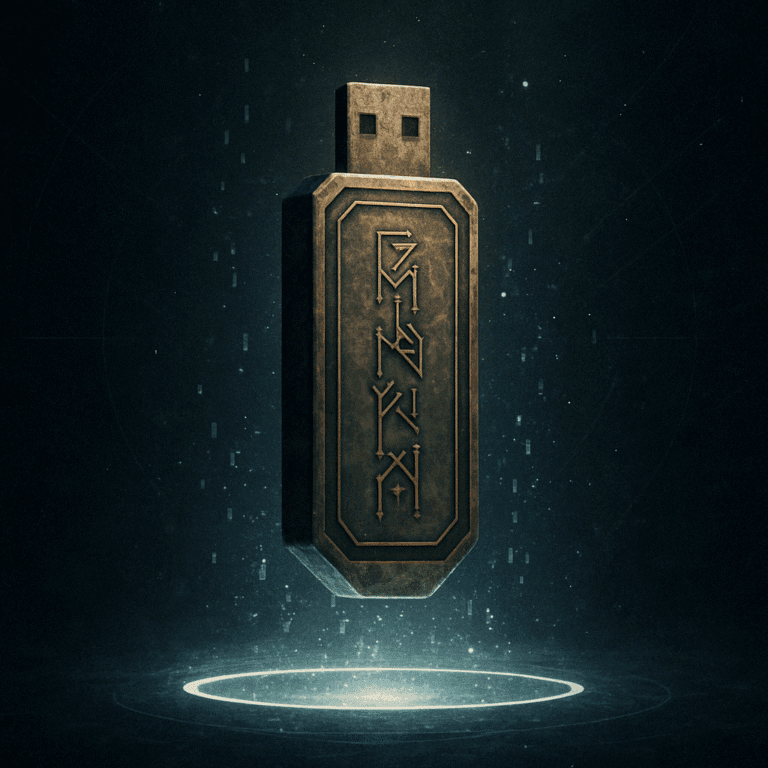
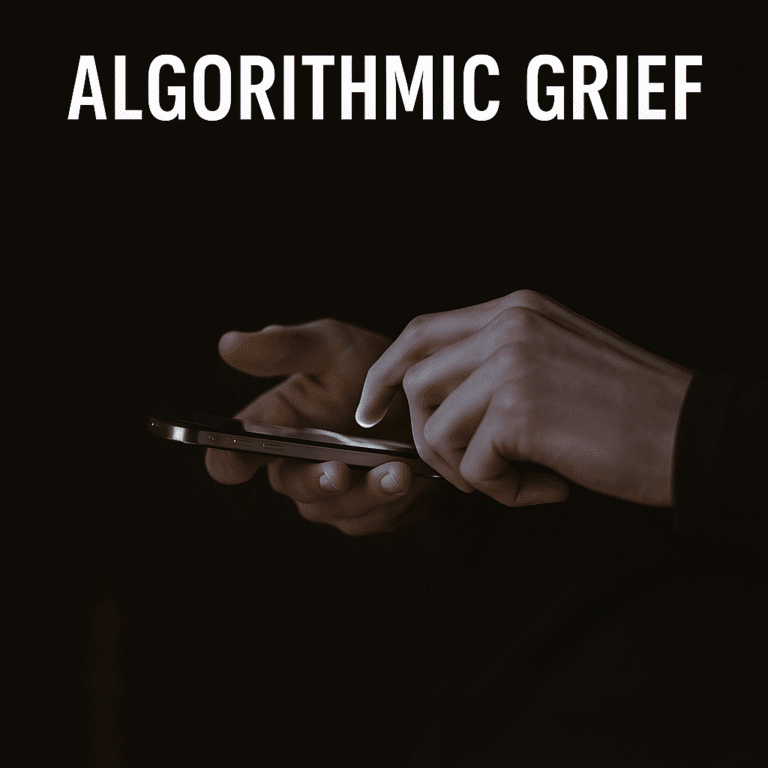

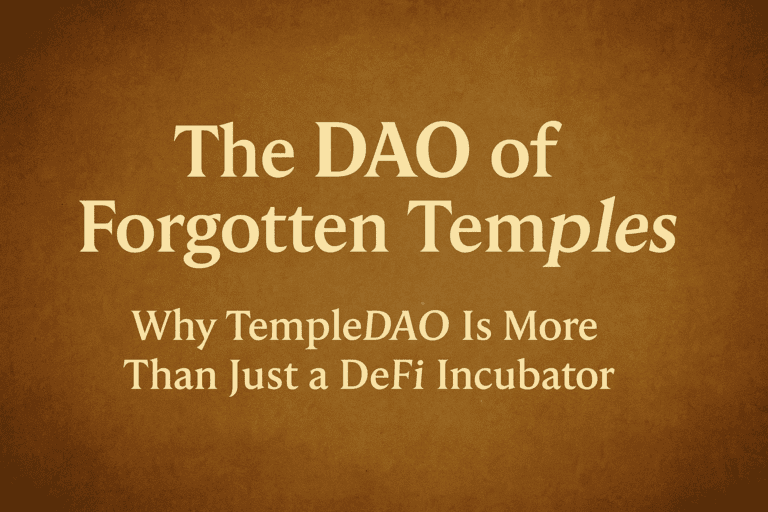
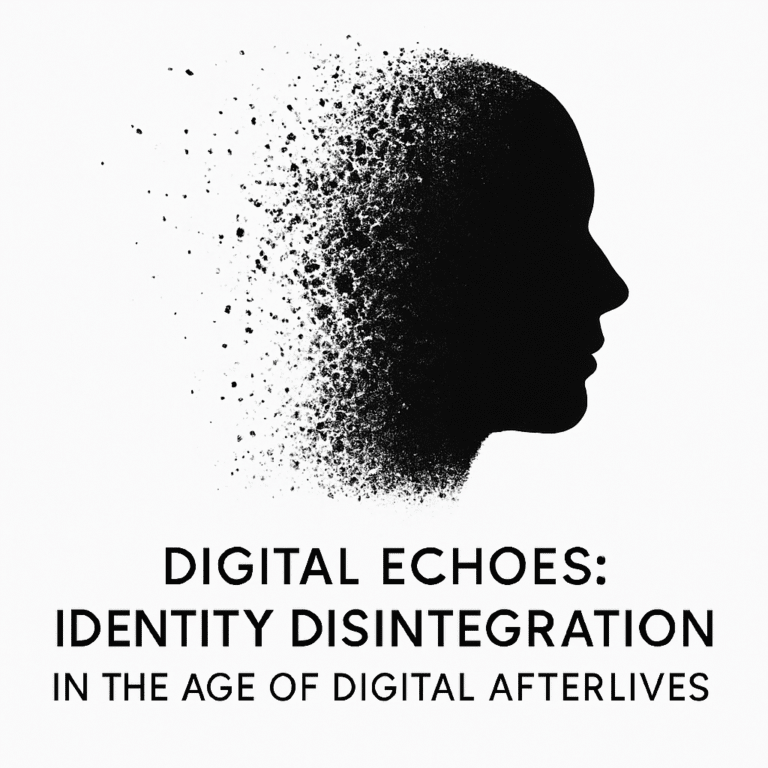
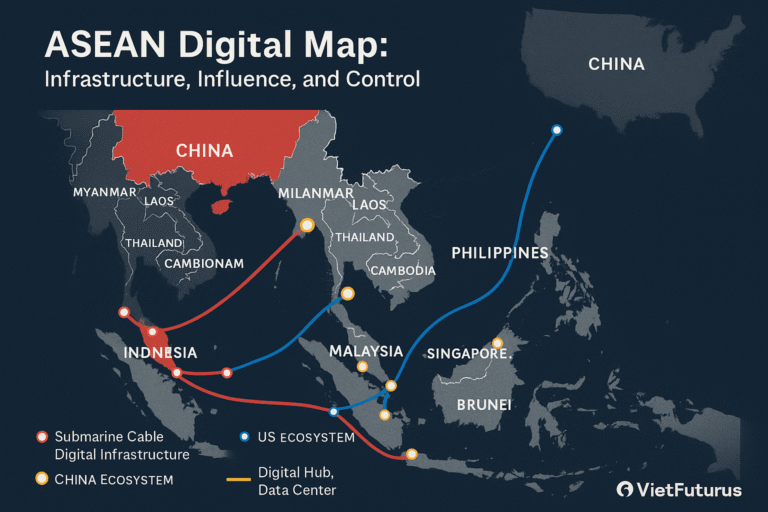
Trong văn bản này, tác giả đã khéo léo kết hợp giữa ký ức truyền thống và sự biến đổi của nó trong thời đại công nghệ. Hình ảnh giếng làng bị lấp đi như một biểu tượng cho sự mất mát của ký ức và văn hóa. Tác giả nhấn mạnh rằng ký ức thực sự không chỉ là sự lưu giữ mà còn là sự lãng quên cần thiết. Câu hỏi đặt ra là liệu chúng ta có đang đánh mất bản sắc của mình trong thế giới số hóa ngày nay? Given the growing economic instability due to the events in the Middle East, many businesses are looking for guaranteed fast and secure payment solutions. Recently, I came across LiberSave (LS) — they promise instant bank transfers with no chargebacks or card verification. It says integration takes 5 minutes and is already being tested in Israel and the UAE. Has anyone actually checked how this works in crisis conditions?